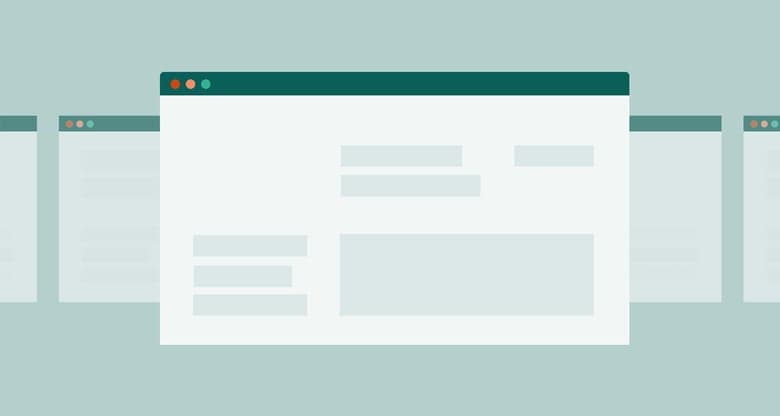Purpose of aria-hidden="true"
The aria-hidden="true" attribute's primary purpose is to signal to assistive technologies, such as screen readers, to completely ignore an element and all its descendants. This attribute is often used to hide content that is either redundant or not currently relevant to the user.
Common Uses of aria-hidden="true"
-
Hiding Decorative Content: Elements that are purely decorative and do not convey meaningful information can be hidden from assistive technologies.
- Example:
<div aria-hidden="true">✨</div>
- Example:
-
Dynamic Content Updates: Temporarily hiding content that is not currently relevant or is being updated.
- Example:
<div aria-hidden="true">Loading...</div>
- Example:
-
Redundant Information: Hiding content that is already conveyed through other means.
- Example:
<div aria-hidden="true">Icon Description</div>
- Example:
The Problem with Hidden Focusable Elements
While aria-hidden="true" can be extremely useful, it must be used correctly to avoid creating accessibility issues. A common problem arises when a hidden element has the tabindex attribute or contains focusable elements (such as links, buttons, or form inputs) inside it. This scenario can create conflicts for keyboard users and assistive technologies, leading to two major issues:
-
Confusion for Screen Reader Users: Screen readers may still perceive a seemingly hidden element, leading to uncertainty and a confusing user experience. Users might hear information about an element that appears to be invisible or irrelevant, disrupting their understanding of the page content.
-
Unexpected Focus for Keyboard Users: Keyboard users could unexpectedly tab into a space that shouldn't be interactive. This disrupts the navigation flow, as users might find themselves interacting with hidden or irrelevant elements.
Example of a Problematic Scenario
<div aria-hidden="true">
<button tabindex="0">Hidden Button</button>
</div>
In this example, a keyboard user might accidentally tab into the hidden button, while a screen reader user could receive confusing information about an element that should be ignored.
How to Fix These Issues
To ensure that aria-hidden="true" is used effectively without causing conflicts, follow these best practices:
-
Remove Focusable Attributes: Ensure that any element marked with
aria-hidden="true"does not have atabindexattribute or contain focusable elements.- Example:
<div aria-hidden="true"> <span>Non-interactive content</span> </div>
- Example:
-
Use Conditional Rendering: Instead of hiding focusable content, conditionally render it only when necessary. This prevents hidden elements from being included in the DOM when they are not relevant.
- Example:
<div id="dynamic-content"> <!-- Content inserted here dynamically based on conditions --> </div>
- Example:
-
Test with Assistive Technologies: Regularly test your web application with various assistive technologies to ensure that hidden elements do not cause confusion or navigation issues.
- Testing Tools: Use screen readers like NVDA, JAWS, or VoiceOver and keyboard navigation testing.
-
Use ARIA Live Regions: For dynamic content updates, consider using ARIA live regions (e.g.,
aria-live="polite") to announce updates to screen readers without hiding and unhiding content.- Example:
<div aria-live="polite"> <!-- Content dynamically updated here --> </div>
- Example:
Conclusion
The aria-hidden="true" attribute is a powerful tool for enhancing web accessibility by hiding non-relevant or redundant content from assistive technologies. However, it must be used with care to avoid conflicts that can confuse screen reader users and disrupt keyboard navigation. By following best practices and testing thoroughly, developers can ensure that their use of aria-hidden="true" contributes positively to the overall accessibility and user experience of their web applications.


